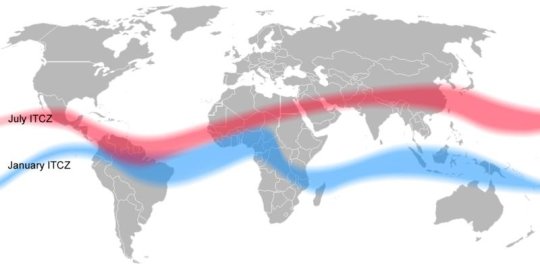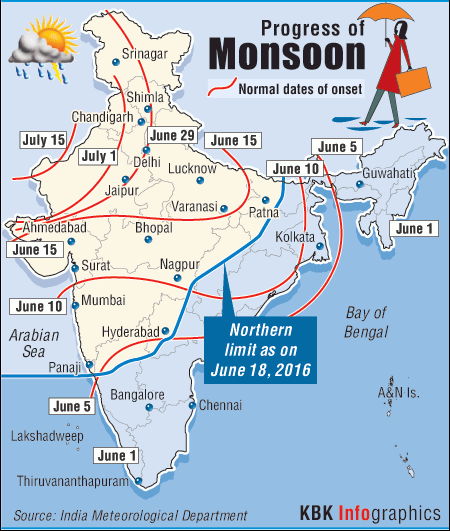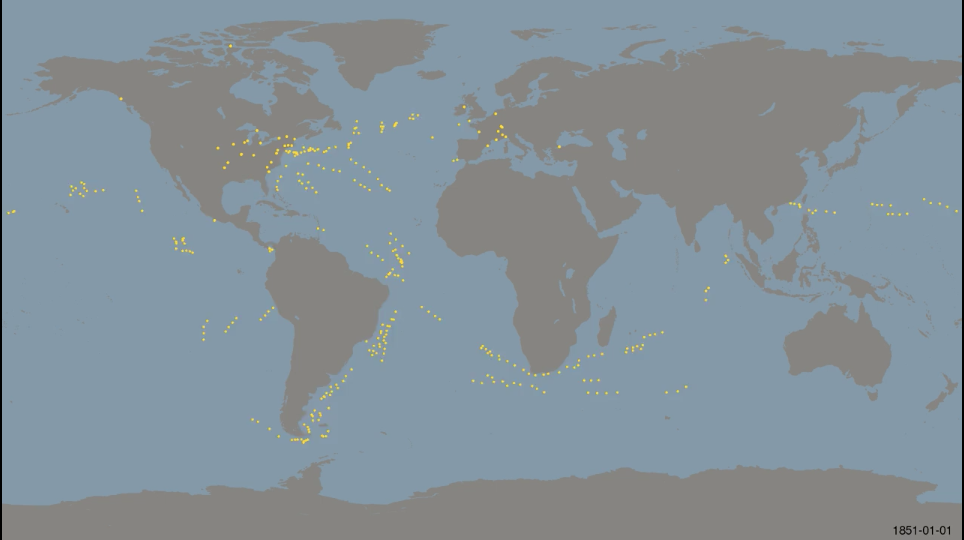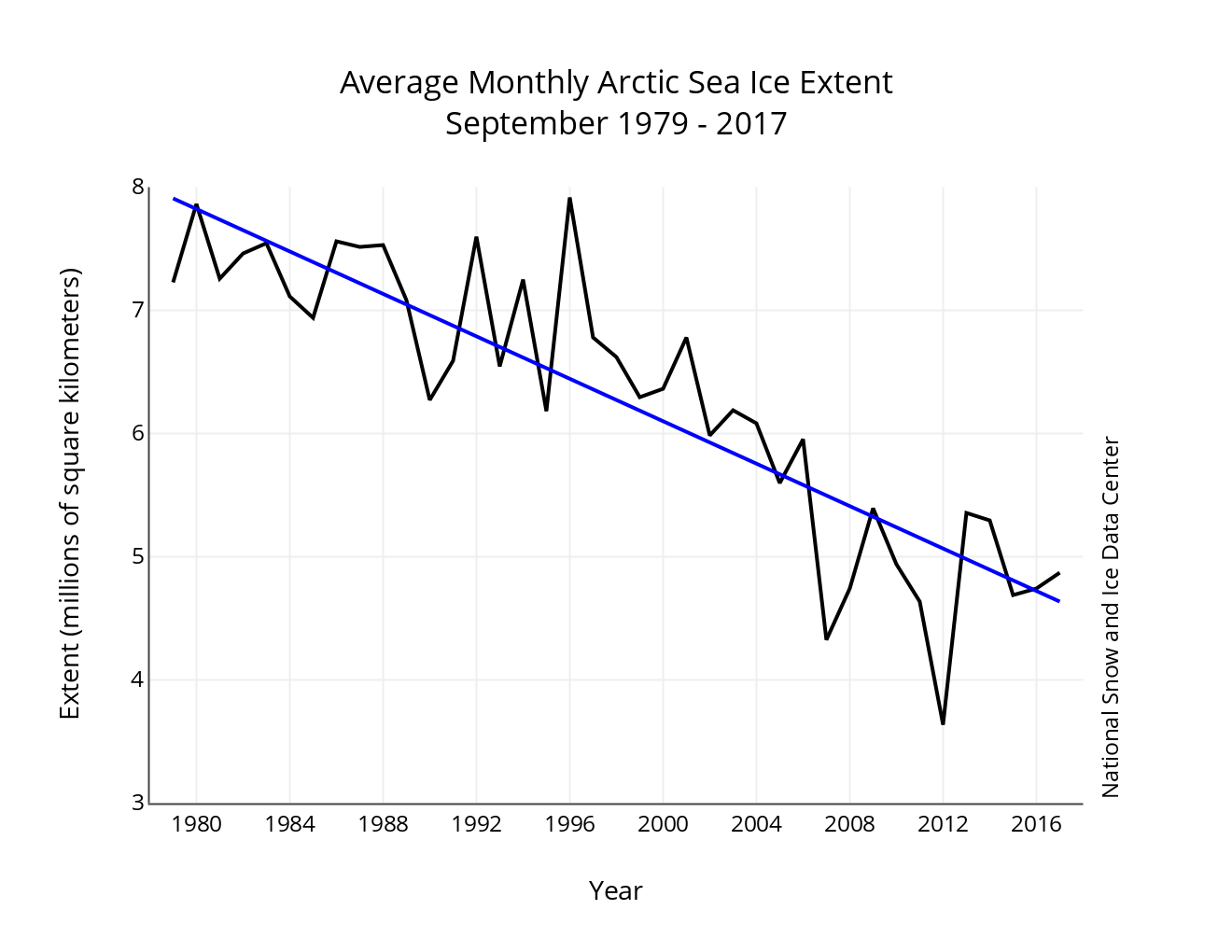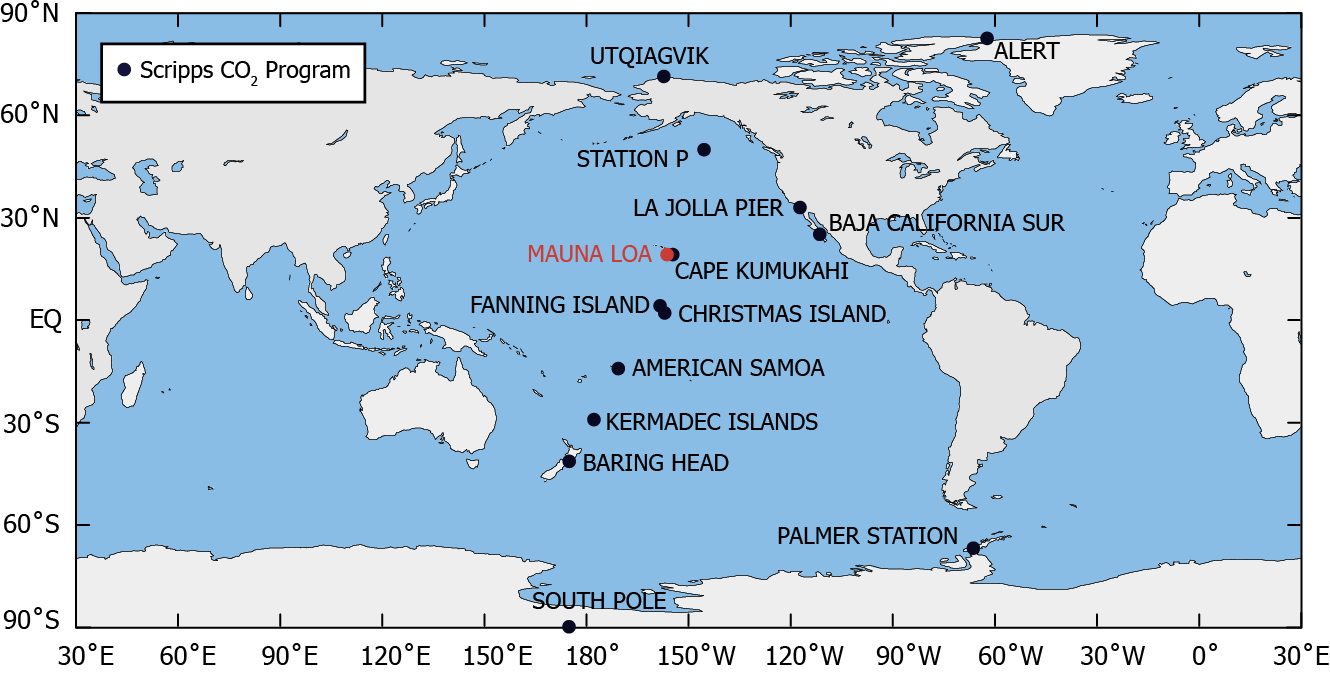It’s no secret that global warming does not simply mean more warm days and fewer cold ones. Warming is uneven, with some regions (like the Arctic) warming faster than others. Additionally, warming of the atmosphere and oceans has a cascading effect on other parts of the Earth system, from the amount of ice stored in Greenland to the variability of global wind patterns, to the extent of various habitats. The world is complex, and it the impacts of climate change myriad. With so many changes happening, what places or changes should humans focus adaptation and mitigation efforts? Enter the concept of “climate change hot spots”. Let’s examine three frameworks and how they’re visualized.
Example #1: One of the simplest frameworks for talking about climate change hot spots is to consider places where various physical aspects of the climate are projected to change the most (Kerr 2008). This was the tactic used by a group of climate modelers from the National Center for Atmospheric Research back in 2008. They ran detailed, regional-scale climate models into the future and looked for a) places with the most change in average temperature and precipitation, and b) places with the most change in the variability of temperature and precipitation (in other words, heat waves, cold snaps, floods, and droughts). The result was a relative index from low change to high change:

Figure 1: Map of the “relative responsiveness” of the USA and northern Mexico to climate change based on projected changes in temperature and precipitation under a suite of climate models. (Kerr 2008)
The nice thing about this measure is that it’s objective and gives a value of overall impact for everywhere in the lower 48. It’s limited in it’s utility, though. For one thing, it only measures temperature and precipitation, omitting related concepts like sea level rise and wildfire frequency/intensity. It also is a projection of the future, which is problematic both because there’s less certainty about the future and because there are changes already happening that might be more pressing to address.
Example #2: That in mind, another way to define “climate hot spot” is a location that has already changed substantially. The Union of Concerned Scientists (2011) has compiled a map of locations that have “well-documented” changes already occurring. Here’s a snapshot, but the visualization is meant to be an interactive map, not a static image, which is certainly inviting. The “well-documented” claim is supported by reference lists and descriptions for each event. In other words, these have been researched substantially. Another interesting point is that the map shows a much broader view of “climate change” than the earlier climate model studies. Sure, there’s “extreme wet” and “air temperature”, but there’s also “ecosystem” sections and “health” and “food” for people. This is definitely better suited for a broader audience and broader concerns.
Still, the above example may seem lacking with regard to two elements (and maybe others): First, it is clearly focused on the USA. There is a data bias, of course — the Union of Concerned Scientists has many American scientists, and many of them study the USA. But it may give the false impression that the USA has more dire situations than the rest of the world. Second, there is still little sense of risk versus vulnerability.
If we think of climate change as a natural hazard, just like a volcanic eruption or an earthquake or a hurricane, we can talk about both risk and vulnerability of populations. For example, both the Netherlands and Florida are at great risk of sea level rise, but the Dutch are bettered prepared to adapt to rising seas because of past experience and current cultural, political, and physical infrastructure. The same risk can lead to more or less hardship depending on how vulnerable a place is — and assuming sea level rises about the same in both locations, Florida is likely to have more hardship from sea level rise than the Netherlands.
Example #3: This added concept of vulnerability is used to define “climate hot spots” in yet another way: as locations where “strong physical and ecological effects of climate change come together with large numbers of vulnerable and poor people and communities” (Neumann and Szabo 2016). Their map is still really a measure of risk, not vulnerability, but they use it to help highlight areas with high risk that also have special vulnerability (originally identified by De Souza et al. 2015):
- Deltas in Africa and South Asia that have large populations of poorer people. Groundwater extraction and other human activities that make deltas sink can exacerbate the effects of sea level rise.
- Semi-arid regions in parts of Africa, South Asia, and Central Asia that may become drier. Again, the lower economic resources in these regions make them more vulnerable.
- River basins dependent on glaciers and snowpacks as a water source, especially in the Himalaya, where there are large populations of poorer people.

Figure 3: Climate risks based on three factors: snow-dependence, semi-arid climate, and river deltas. (Neumann and Szabo 2016).
___
Works Cited
De Souza, K., Kituyi, E., Harvey, B. et al. (2015). Vulnerability to climate change in three hot spots in Africa and Asia: key issues for policy-relevant adaptation and resilience-building research. Reg Environ Change, 15: 747. https://doi.org/10.1007/s10113-015-0755-8
Kerr, R. (2008). Climate Change Hot Spots Mapped Across the United States. Science, 31: 909. http://science.sciencemag.org/content/sci/321/5891/909.full.pdf
Neumann, B. and Szabo, S. (2016). Climate change ‘hotspots’: why they matter and why we should invest in them. The Conversation. Accessed 2 Apr 2018. http://theconversation.com/climate-change-hotspots-why-they-matter-and-why-we-should-invest-in-them-68770
Union of Concerned Scientists (2011). Climate Hot Map. Accessed 2 Apr 2018. http://www.climatehotmap.org




















